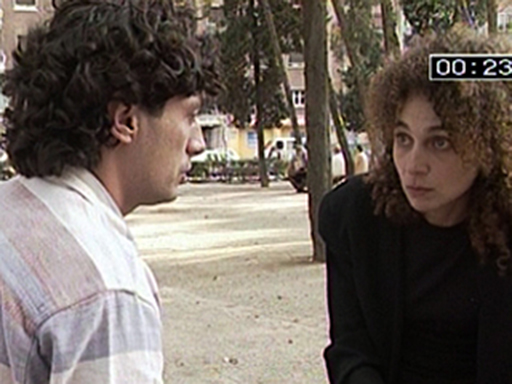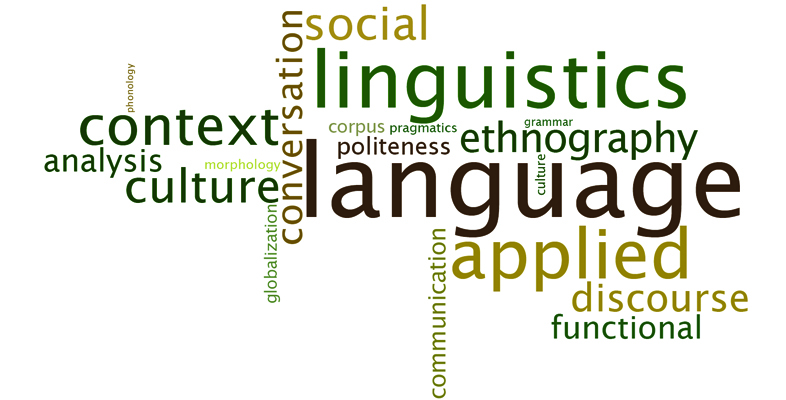1 What is language?
Language is of central importance to our everyday lives: we are constantly reading, writing, listening, speaking, gesturing, grimacing, laughing, crying, etc. You are using language right now! Given its importance, perhaps it’s useful to begin by asking ourselves: What exactly do we mean by ‘language’?
As a first step, consider the difference between ‘language’ and ‘languages’.
Activity 1
Watch the videos below, which were recorded in China, Zimbabwe and Spain. You will see people speaking three different languages – Mandarin Chinese, Shona and Spanish – in three different cultural settings.
Try to observe as if encountering language for the first time. Make a list of things that all the extracts have in common and a list of things that are different. Include observations on as many aspects of communication as possible (e.g. meanings, body language, sounds, grammar, social conventions, etc.)



Discussion
We take the differences and similarities between languages so much for granted that it is very easy to overlook the obvious. Nevertheless, you might have noticed the following.
Similarities
In all three videos:
- people make sounds with their mouths which speakers of the same language perceive as strings of words, and interpret as meaningful
- there is a tendency for one person to speak at a time, and to supplement their words with meaningful gestures, facial expressions and intonation
- you will probably be able to make a good guess at the type of interaction, the emotions expressed, and the relationship between the speakers – suggesting perhaps that these aspects of interaction have at least some universal characteristics.
Differences
Sounds, words, gestures and their meanings are all different, and it is these differences which (bar a few coincidences) make languages mutually unintelligible.
